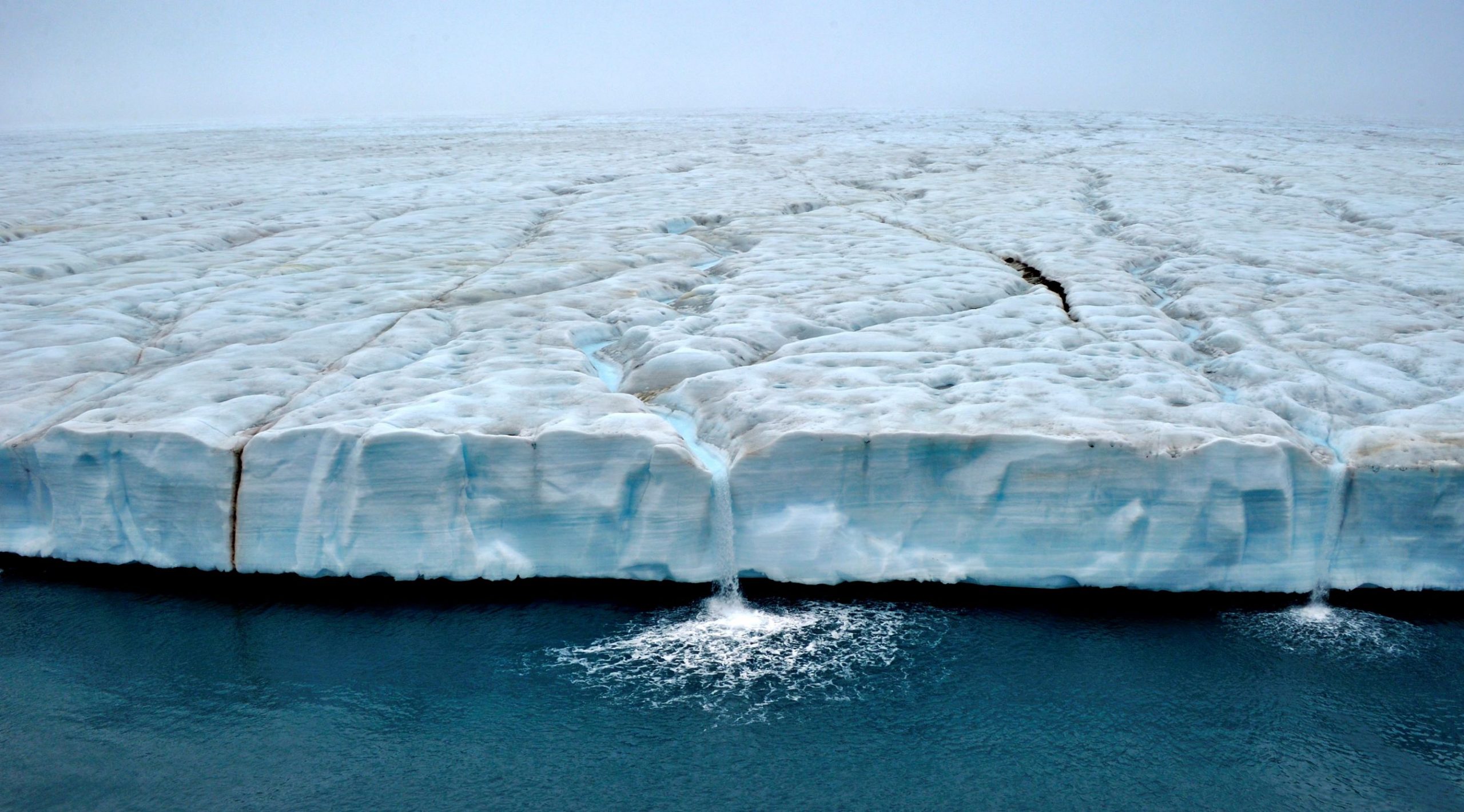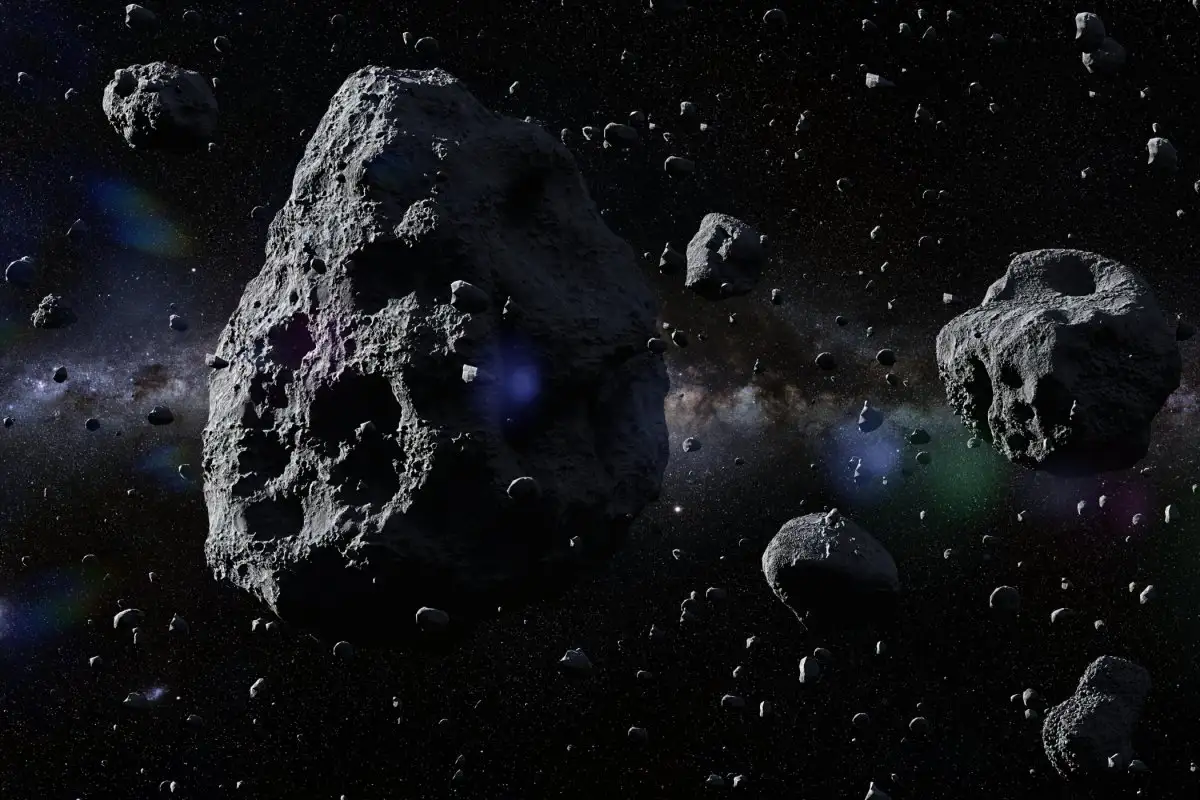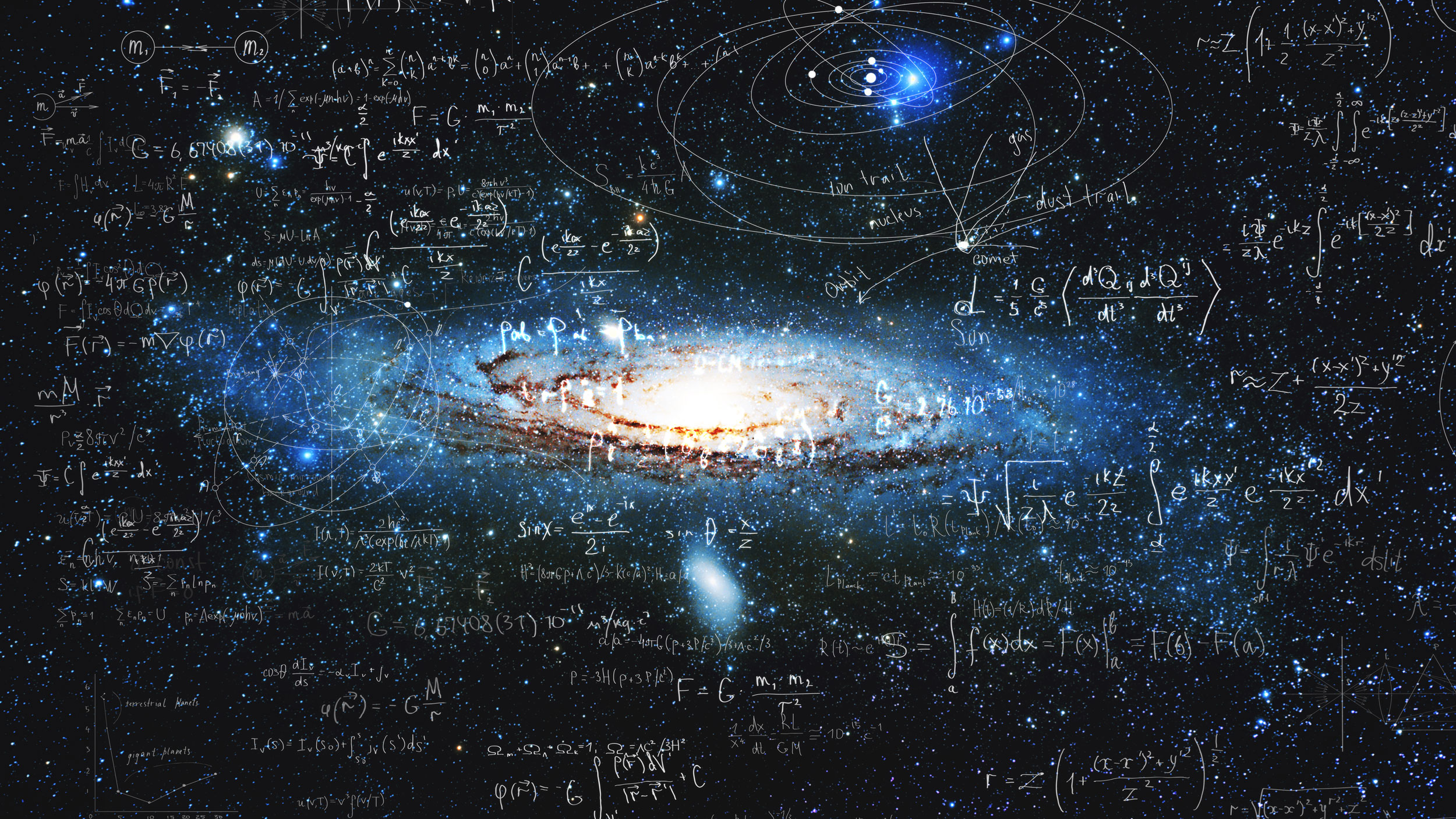Polar caps are the regions of Earth that are covered in ice and snow. They are located at the North Pole and the South Pole.
The Arctic and Antarctic
- Arctic: The Arctic is a region centered on the North Pole. It is primarily covered by sea ice, with some landmasses, such as Greenland and the Canadian Arctic Archipelago.
- Antarctic: The Antarctic is a continent centered on the South Pole. It is the coldest and windiest place on Earth and is covered in a thick ice sheet.
Importance of Polar Caps
- Climate Regulation: The polar caps play a crucial role in regulating Earth’s climate. They reflect sunlight back into space, helping to keep the planet cool.
- Biodiversity: Polar regions are home to unique ecosystems, including polar bears, penguins, and marine mammals.
- Freshwater Resources: The polar ice caps hold vast amounts of freshwater, which is essential for life on Earth.
- Resource Exploration: The polar regions are rich in natural resources, such as oil, gas, and minerals.
Climate Change and Polar Caps
Climate change is having a significant impact on the polar caps. Rising global temperatures are causing the ice to melt at an alarming rate, leading to sea level rise and changes in ocean currents. This has serious implications for both polar ecosystems and human society.
Would you like to learn more about a specific polar region, the effects of climate change on polar caps, or the importance of protecting these fragile ecosystems?



